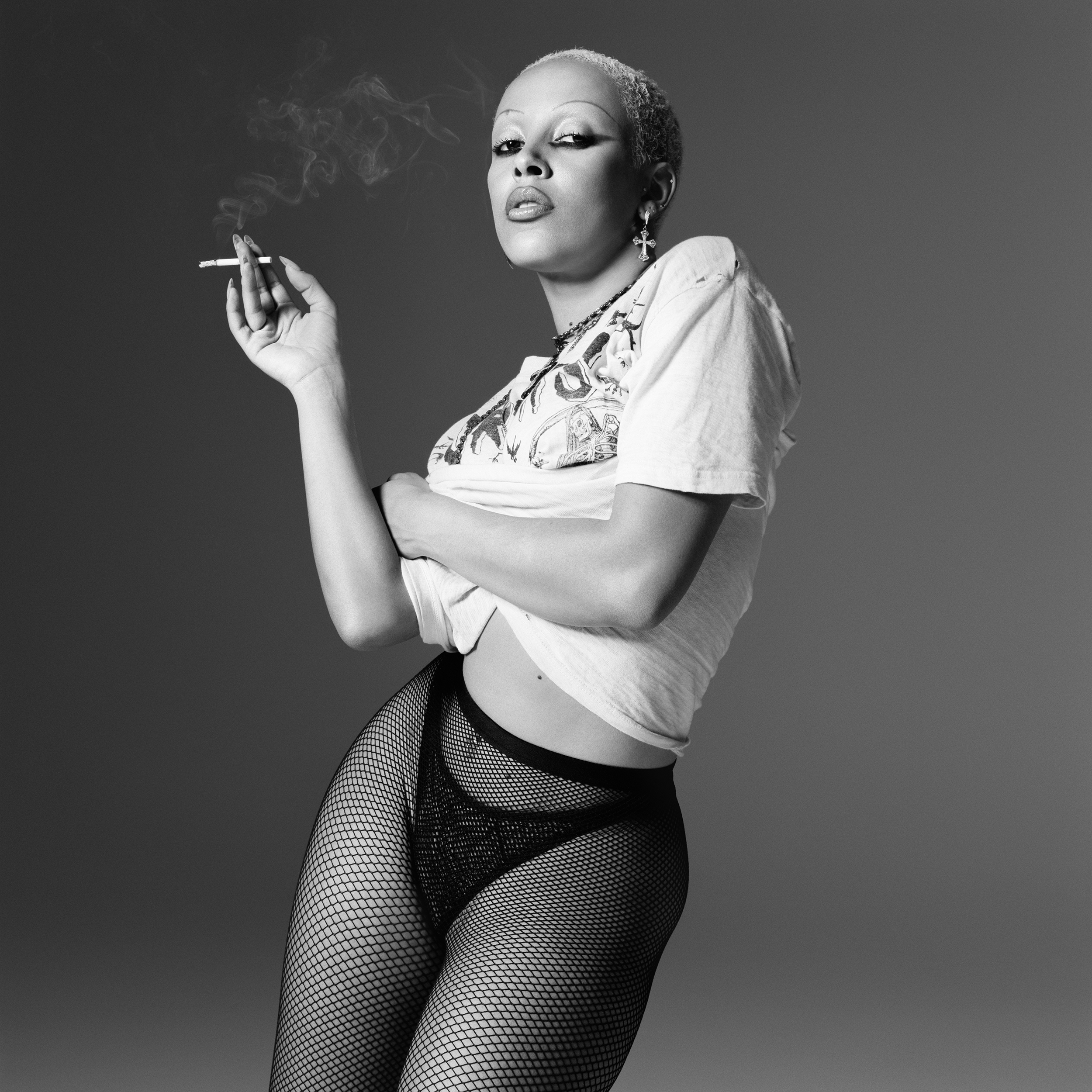Over the last many months, Doja Cat has been in the news for displays of her signature irreverence, from delivering the best homage to Karl Lagerfeld’s cat Choupette at the Met Gala in a full feline facial prosthesis, to peeing alongside her dogs on TikTok, to wearing false eyelashes as facial hair at Paris fashion week. But the artist’s primary focus has been on recording her fourth album, release date TBD, and on messing with those who ask her about it.
In one particularly dizzying Twitter thread back in April–a year or so after winning a Best Pop Duo Grammy with SZA for their hit “Kiss Me More”–Doja claimed she was done with pop music. She went on to agree with haters who’ve called her raps “corny,” rescind the then-title of her new album Hellmouth, announce the record will be spoken word rather than rap, and declare she’s quitting music. The final tweet: “jk im not. Relax.”
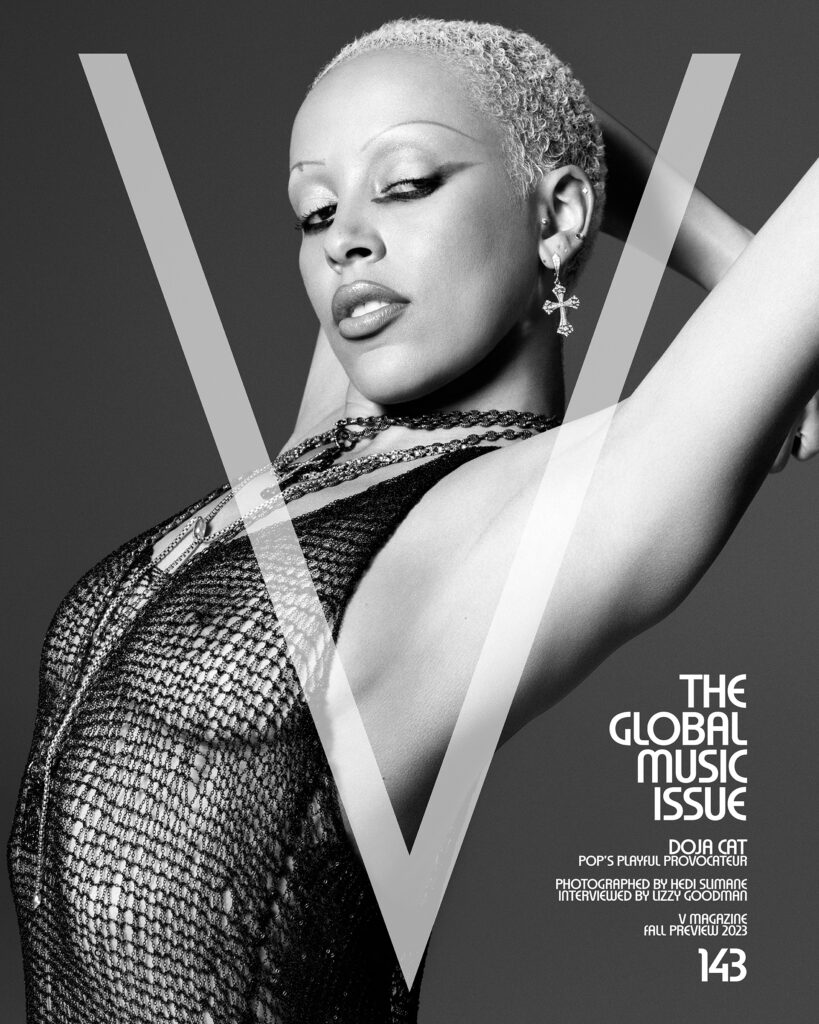
This manic mischief is all part of the artist’s appeal. Doja has described her animating energy as “controlled chaos.” She gets bored easily, she says, and it shows: She’s inhabited as many musical archetypes as she has hairstyles, shapeshifting from sensual R&B diva to bratty rhyme- spitting sprite to candy-colored bubblegum pop princess. In the decade-plus since the now 27-year-old first showed up on SoundCloud, it’s her inability to sit still, her unrelenting, playfully trolling cheekiness that has made her so riveting, and catapulted her to astonishing levels of commercial success. Her latest release, 2021’s Planet Her, is the most streamed rap album by a female artist in Spotify history. She has seven top-ten singles to her name in the U.S. and she finished 2022 as Billboard’s number-one female artist.
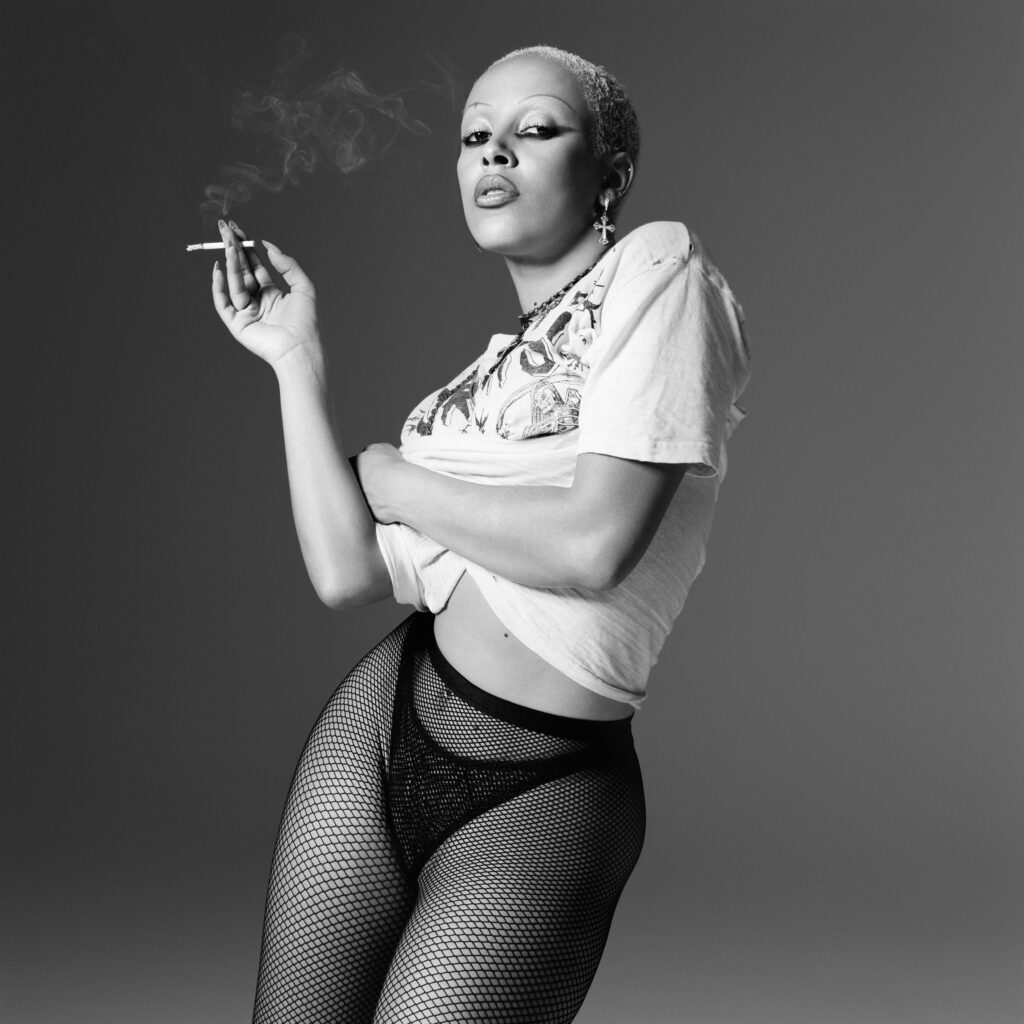
By any metric, Doja Cat is now one of the most powerful and resonant pop stars in the world. Yet for all her public displays of transparency we don’t really know her. You’ll hear surface-level details about her fascinating childhood, raised mostly by her mother between California and New York, and for a time at Alice Coltrane’s Sai Anantam Ashram in Los Angeles. But overall there’s a guardedness beneath Doja’s chameleonic, extroverted iconoclasm. When you’re this hyper-ver- bal, this whipsmart, and this musically agile, it’s apparently possible to build a massive career trying on but never fully inhabiting any primary self.
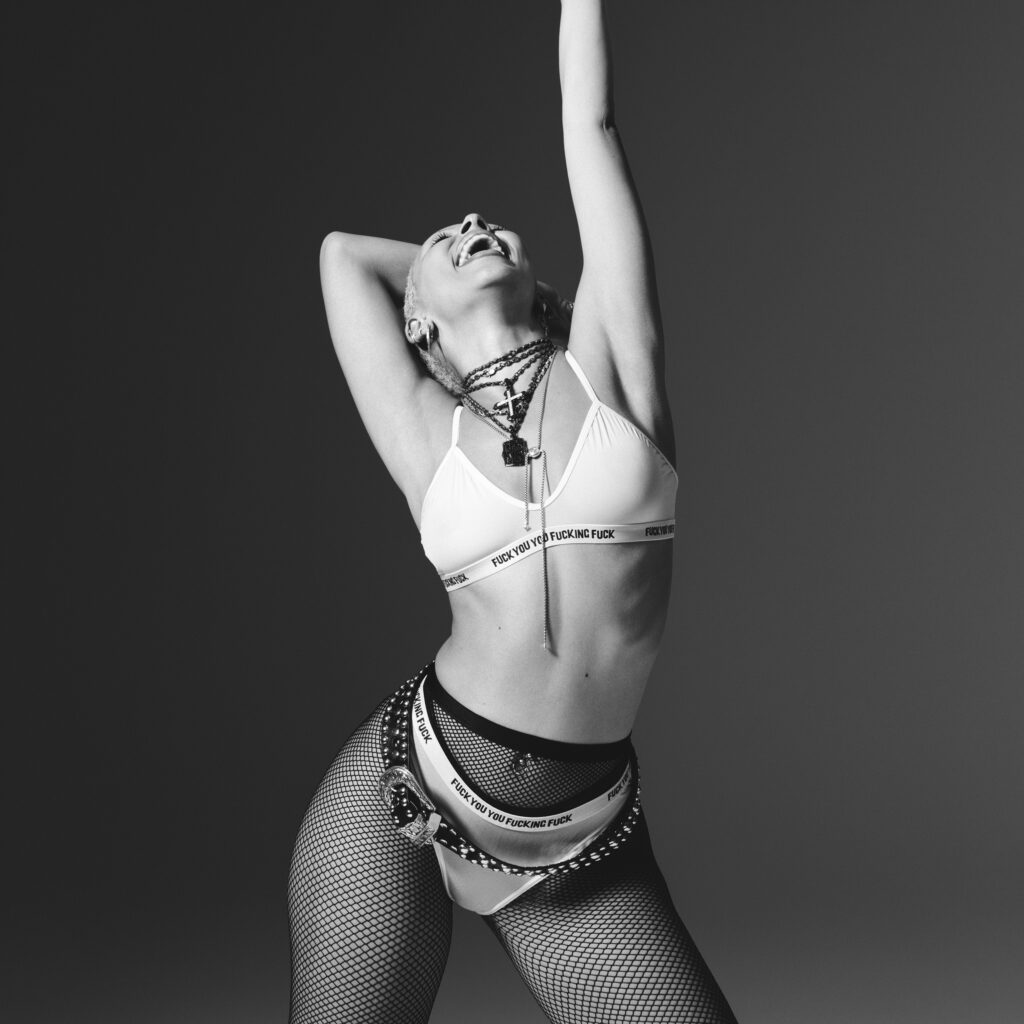
Though Doja has been deliberately and characteristically hard to pin down about what her next incarnation looks like, it seems clear that underneath the Swarovski-encrusted full-body paint and zaniness worn as armor, this time around she is deeply and sincerely pondering the question of who she truly is, and who she wants to become. “I have thrown fits my whole career because I have been making music that didn’t allow me to have a mental release,” she says. “I have been making music that is palatable, marketable, and sellable, that has allowed me to be where I am. Now I am making music that allows me to express the way I feel about the world around me.” Though she’s still as feisty as ever when discussing it. “These upcoming projects are going to be very different compared to everything I have done and I am excited about that. I do not care if people are not.”
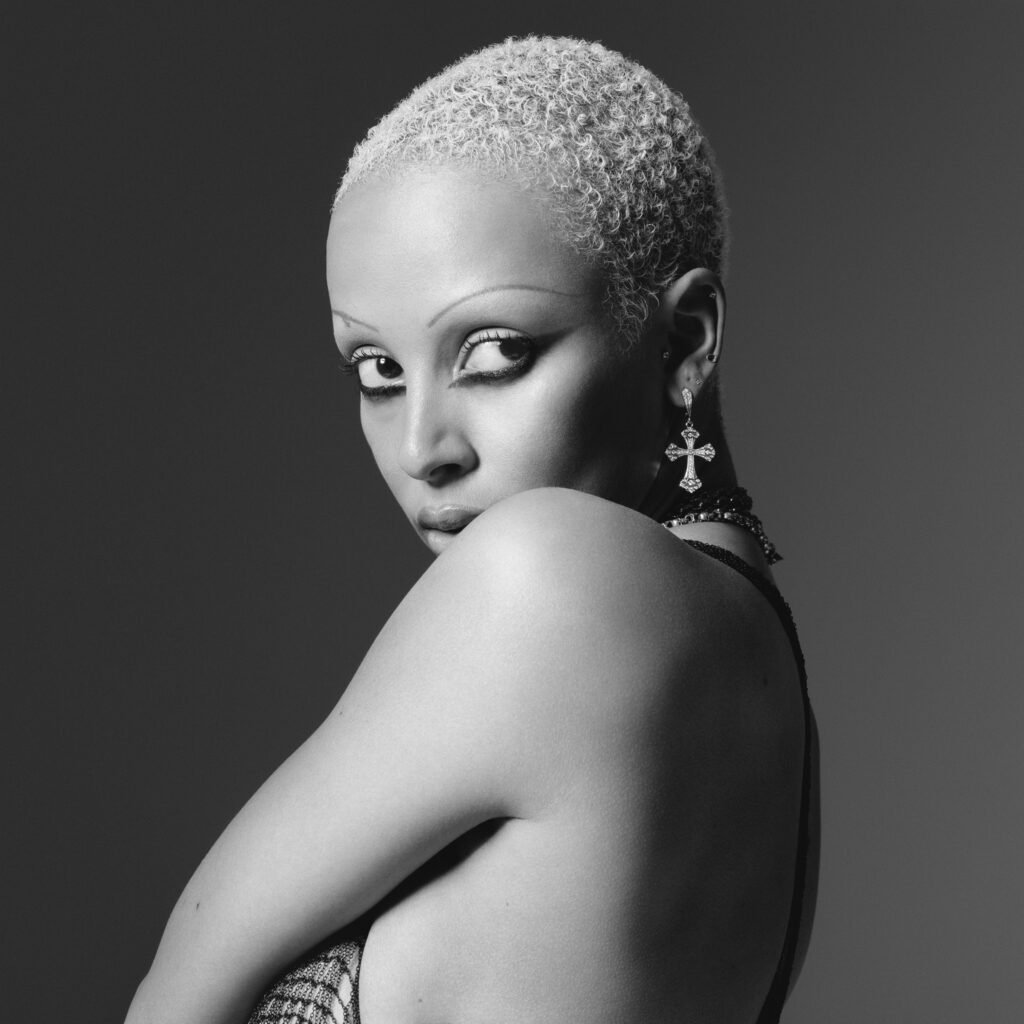
V sat down with the artist to find out more.
V MAGAZINE: You are known for an astonishing array of influences. What is inspiring you right now? DOJA CAT: I am very inspired by my current algorithm on Instagram. Artists that inspire me through painting, fashion, makeup, hair, and architecture. It has changed my outlook on art in a very big way. My fans can look at my follow list to see the young, upcoming, underrated, and incredibly talented artists I follow.
V: The images for this cover story were shot by Hedi Slimane. There’s a rawness and a defiance to them. Is this a side of you that you recognize? A more stripped-down, more rock-and-roll Doja Cat?
DC: I do not consider myself a rock star. I have made pop music. I’m currently making rap, soul, and R&B music with jazz elements. But this is a representation of how I feel. When I wear black, when I wear metal, or very scantily clad outfits…it’s all a representation of how angry, liberated, and sexual I am.
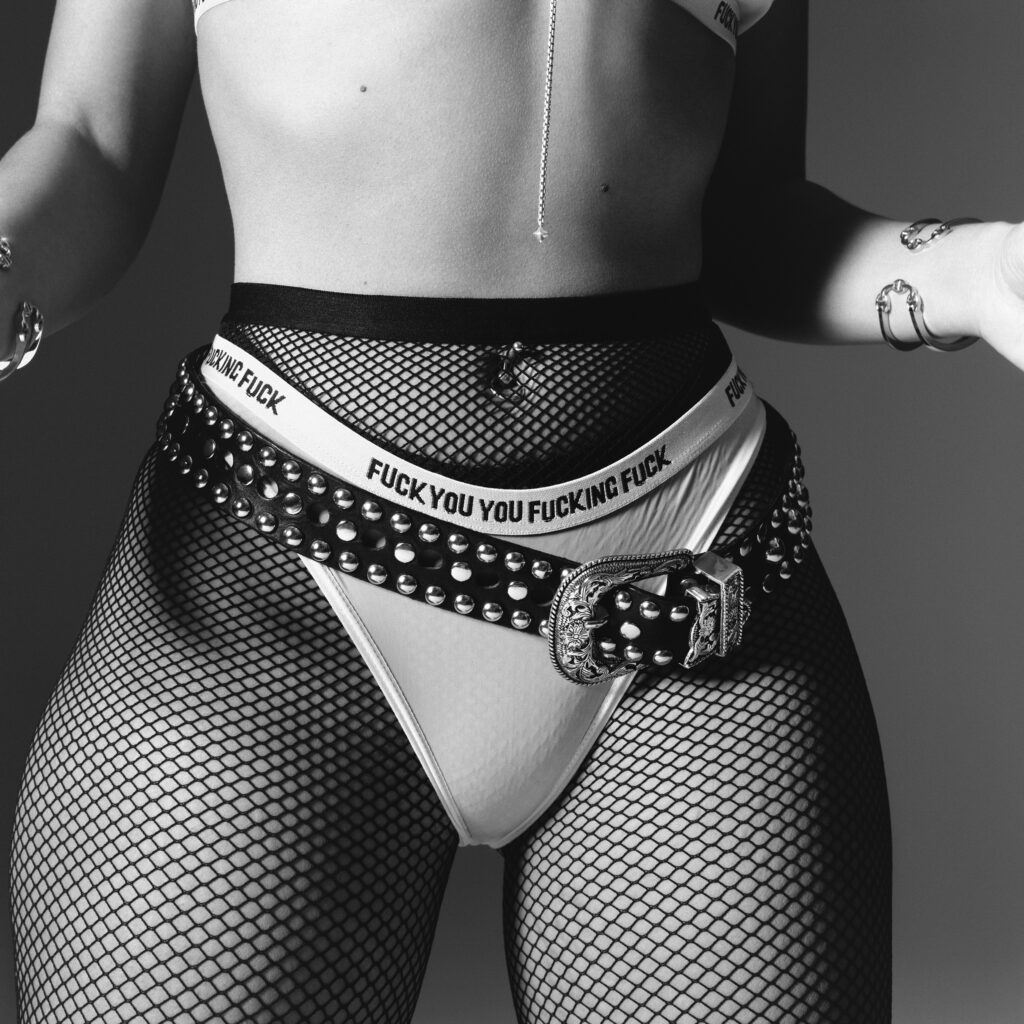
V: People have used words like “ambitious” and “driven” to describe you. How would you describe your philosophy around your work?
DC: My philosophy around my work has become more apparent over recent times because I have been very inspired by hatred and outrage culture. It is something I will be reflecting on in my upcoming projects.
V: You have spoken before about the influence of anime and video games in your creative life and work. Why do alternate worlds appeal to you?
DC: I am turned on by the idea of fantasy and the activity of world-building. It is very important in my line of work because I lean more towards the art-driven and visual worlds of performance.

V: What are your thoughts about AI? Friend or foe?
DC: I think that AI is brilliant and it is also terrifying, but I am not scared of it. I understand why people are afraid of it, but I am not scared yet. It can be very useful with certain things.
V: What is the role of outsiderness in your art? Are you repping for outsiders? Calling to the outsider in all of us? What is the core value of strangeness?
DC: We are all really fucking weird, and we are all trying to hide it, or afraid to do certain things, hiding it due to our upbringing. It is for sure something that is part of my message, to inspire people that think that they can’t be what they want to be because they are told by others that they can’t. A lot of the world is conditioned to play it safe. It is a survival tactic to protect ourselves. Some people who are creative are going to say what they want to say. It isn’t my problem what people think. There are billions of people that are going to care about what I am doing, and a billion people that don’t.
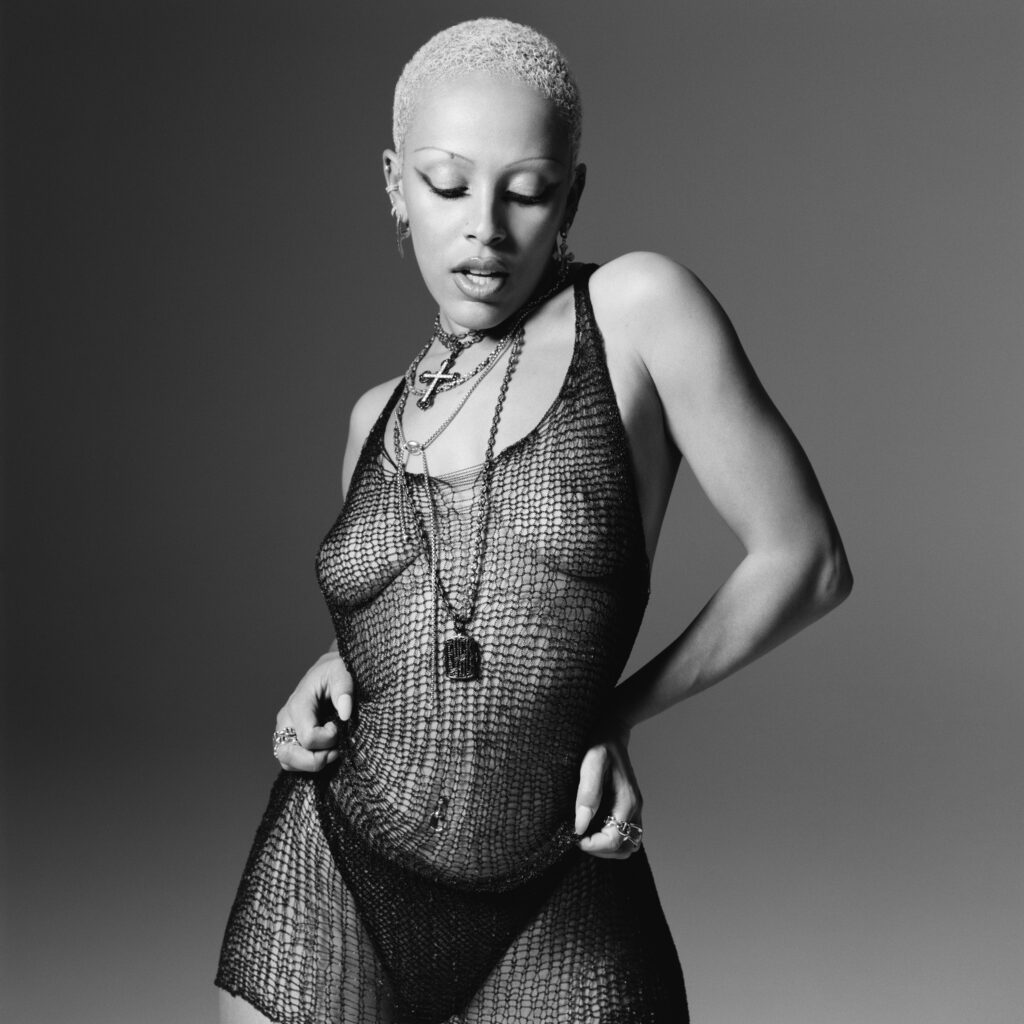
V: What creative realms have you not yet explored that you would like to?
DC: I would love to open an art gallery to show more realms of my art, showing my paintings and sculpture. I am also interested in diving into acting.
V: What is success to you?
DC: Success is realizing that happiness is a possibility and sadness is temporary.
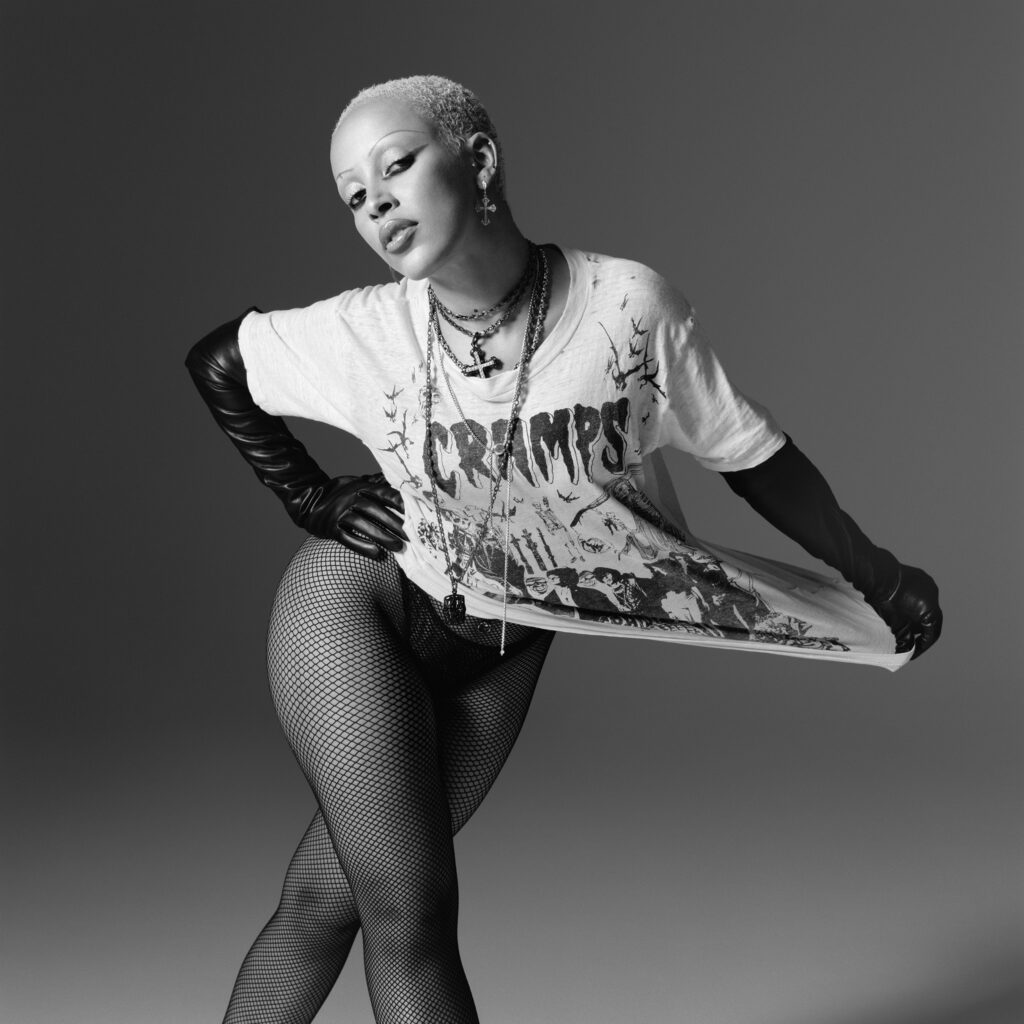
This story appears in the pages of V143: now available for purchase!
Photography Hedi Slimane
Makeup Aaron De Mey (Art Partner)
Special thanks Brett Alan Nelson
Production coordinator Simone Bertrand
Digital technician Olivier Looren
Photo assistants Morgan Roudaut, Yves Mourtada, Benjamin Callot
Stylist assistant Mattie Tiggleman
Location Milk Studio
Discover More









